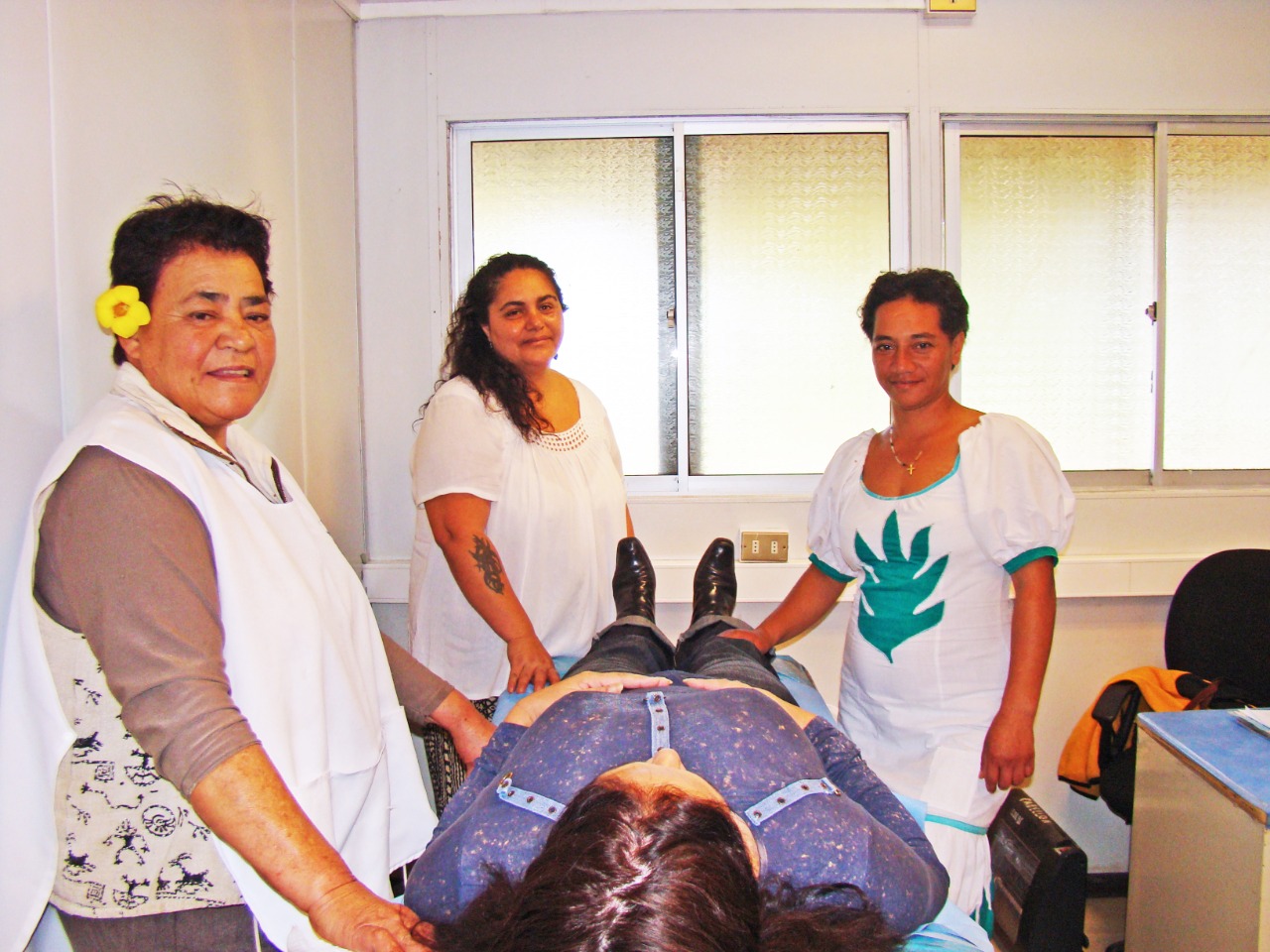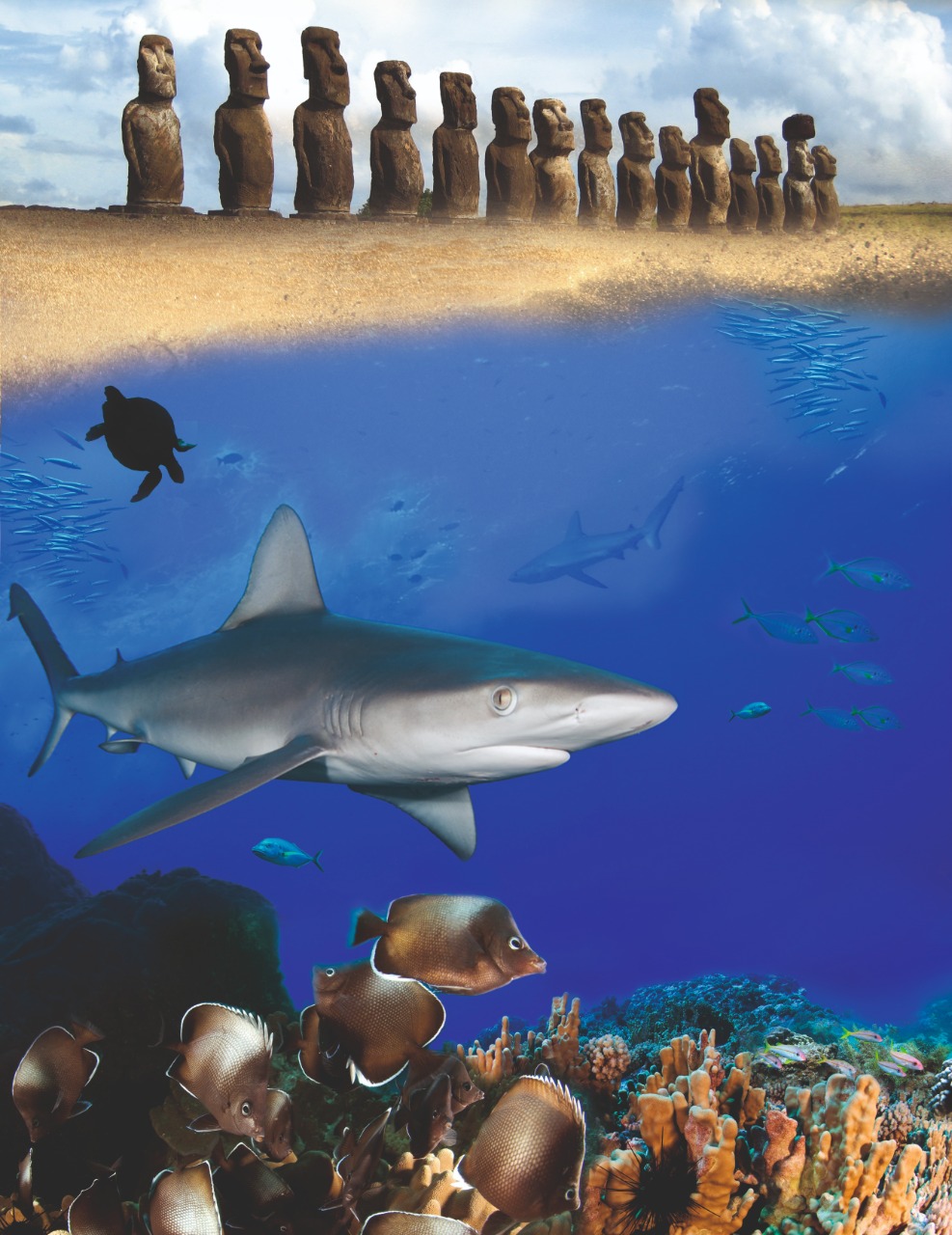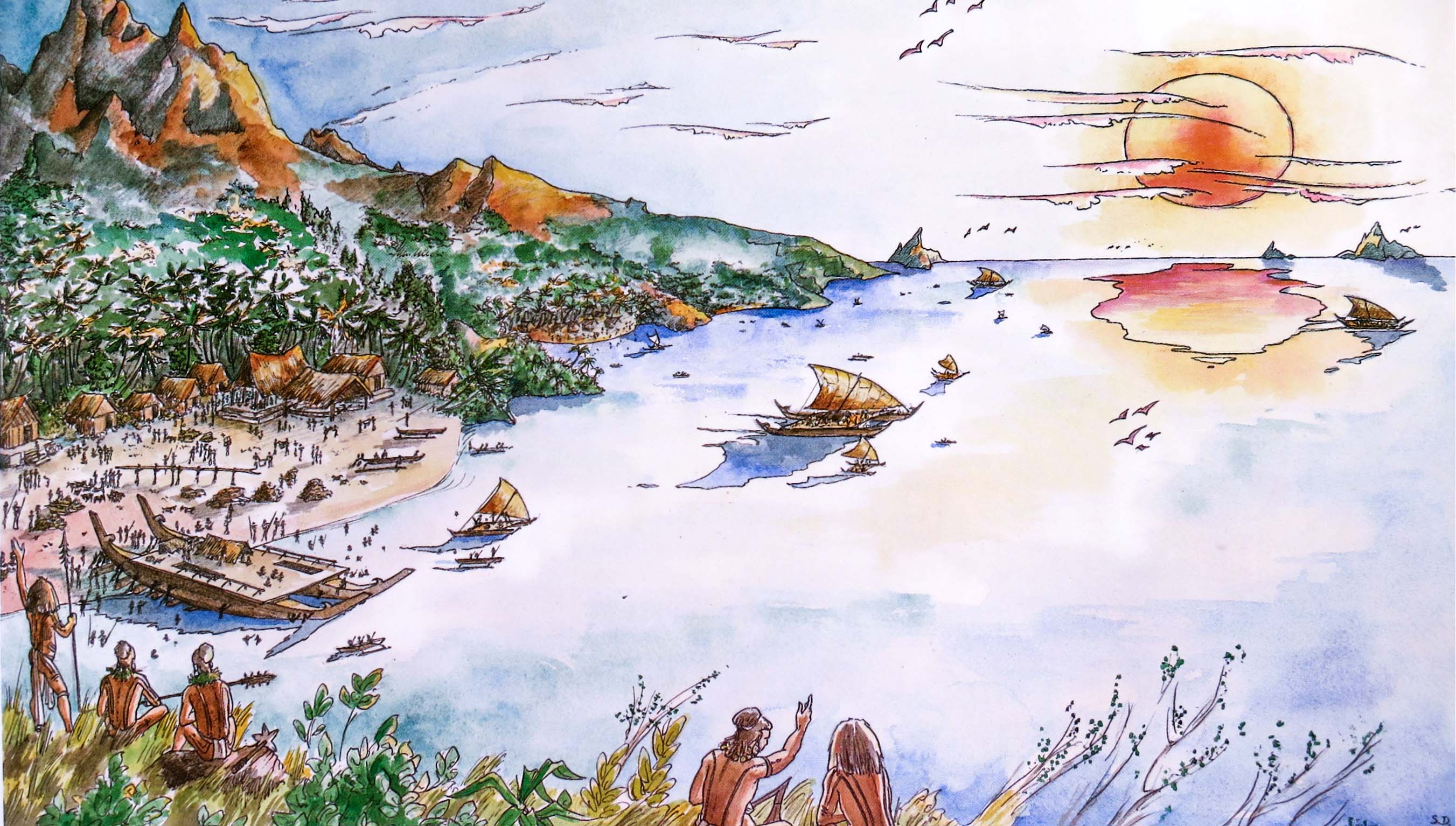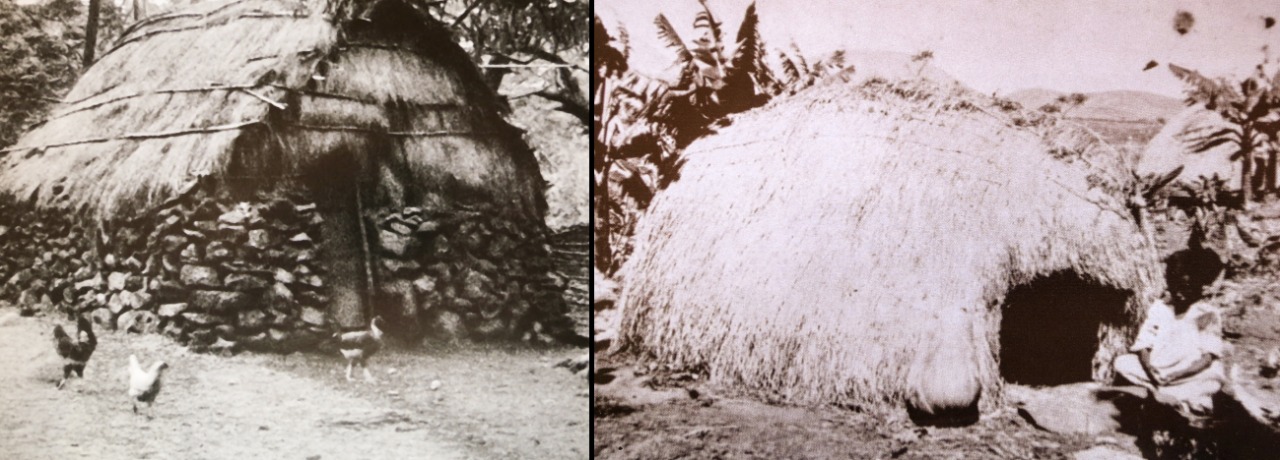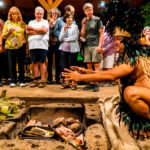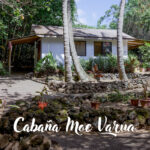The rebirth of ancestral medicine
Currently on the Island is an old field hospital, built in the 1970s, which was originally destined by the Americans for the war in Vietnam. Under the Chilean government of General Pinochet, it was bought to serve the Islanders. But with growing immigration, the modest staff of professionals and the limited amount of technical equipment haven’t been able to keep pace with the basic needs of the almost 5,000 inhabitants, much less the thousands of tourists who every year arrive to visit the Island.
By the end of this year, it is expected that a new, modern building will be inaugurated to fulfill the requirements of the population. One of the innovations that will be considered within the official implementation is the “Special Program for Native People’s Health”, which consists in offering modern Western medicine complemented by the ancestral Rapanui medicine. The objective is give the hospital in Hanga Roa a multi-cultural identity, generating programs to recover ancient health practices which were based on plants and therapy within programs for environmental protection.


Visitors interested in this natural medicine can request an appointment in the Medical Orientation and Statistics Section (SOME) at the Hanga Roa Hospital, where they will make a diagnosis and apply a treatment with a follow-up evaluation at no cost.



Featured Reports:
Bees Rapa Nui
Bees Rapa NuiFree of Pathogens, a Source of Life and LoveBees were introduced to Easter Island by the Catholic missionaries of the Sacred Heart of Jesus in the decade of the 1860s, and since then have been pollinating guavas, mangoes, bananas and pasture flowers. In...
El Tavake and its future
The Tavake And its future, a challenge for Rapa NuiOne of the loveliest spots on the Island is the Moai (statue) quarry at Rano Raraku. Anyone who has visited it has seen or heard the Tavakes, the red-tailed tropicbird. These majestic white birds, with their bright...
Marine Reserve in the bay of hanga roa
Marine Reserve in the bay of hanga roaAccording to the experts and the international NGOs that are dedicated to marine conservation, the oceans should be managed as ecosystems and not as a cornucopia that the fishing industry can harvest at will. In the entire world,...

